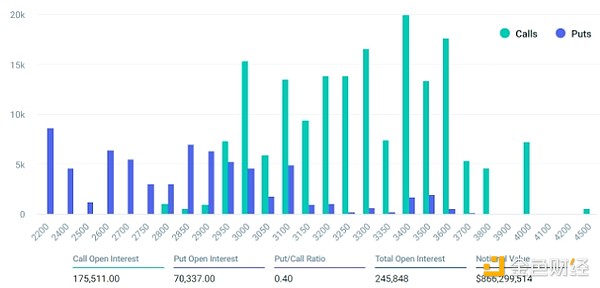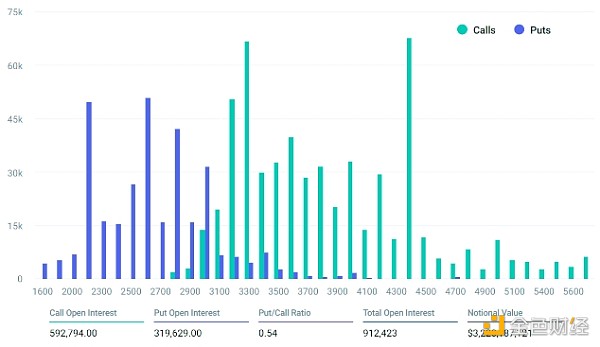Author: Marcel Pechman, CoinTelegraph; Compiler: Tao Zhu, Golden Finance
On May 20, Bloomberg senior analyst Eric Balchunas raised the odds of approval of the Ethereum exchange-traded fund (ETF) from 25% to 75%, after which the price of Ethereum surged by more than 20%. Balchunas pointed out that the U.S. Securities and Exchange Commission may face political pressure because their previous stance showed little engagement with ETF applicants. Source: Eric Balchunas Balchunas further mentioned that the SEC is reportedly asking exchanges such as the New York Stock Exchange and Nasdaq to update their filings, although the regulator has not officially confirmed it. Nevertheless, Nate Geraci, co-founder of the ETF Institute and president of the ETF Store, said that the registration requirements for individual funds (S-1) are still pending finalization. Source: Nate Geraci Geraci said the SEC could approve trading rule changes (19b-4s) independently of the fund registration (S-1), which could technically be delayed until after the May 23 deadline for VanEck’s Ethereum spot ETF request. This gives the regulator more time to review and approve the filings, given the complexities and risks associated with structures involving proof-of-stake (PoS) cryptocurrencies.
Analyzing the Impact of the Upcoming $3 Billion ETH Options Expiration
The upcoming decision on the Ethereum ETF spot has significantly increased interest in weekly and monthly ETH options expiration. On leading derivatives exchange Deribit, Ethereum options open interest was recorded at $867 million on May 24, while it reached an impressive $3.22 billion on May 31. In comparison, monthly ETH options open interest was only $259 million on CME and $229 million on OKX.
Deribit's call-to-put ratio heavily favors call (buy) options, suggesting that traders are more actively buying them than put (sell) options.

Deribit May 24 ETH options open interest, denominated in ETH. Source: Deribit
If Ethereum price stays above $3,600 at 8:00 AM UTC on May 24, only $440,000 of the put instruments will expire. Essentially, if ETH trades above these levels, the right to sell ETH at $3,400 or $3,500 becomes irrelevant.
Meanwhile, call option holders up to $3,600 will exercise their rights to secure the spread. This scenario would result in $397 million in open interest in favor of the call options if ETH stays above $3,600 at the weekly expiration.
The risk is even higher at ETH’s monthly expiration on May 31, as 97% of put options are priced at $3,600 or less, rendering them worthless if ETH’s price moves above this threshold.
Bullish strategies benefit greatly from ETH rising above $3,600

Deribit May 31 ETH options open interest, denominated in ETH. Source: Deribit
While the final result may be far from the potential $3.22 billion in open interest, it will significantly favor call options. For example, if the Ethereum price reaches $4,550 on May 31, the net open interest would be $1.92 billion in favor of the call options. Even at $4,050, the difference would still be $1.44 billion in favor of the call options.
It is important to emphasize that traders can sell put options to gain positive exposure when Ethereum exceeds a certain price. Similarly, sellers of call options benefit when the ETH price falls, and different expiration dates can be used to implement more complex strategies. Unfortunately, estimating this effect is not simple.
Ultimately, Ethereum's unexpected 20% rally surprised option traders and set the stage for substantial gains for the bullish strategy. These profits will likely be reinvested to maintain positive momentum, which bodes well for Ethereum prices after expiration.
 JinseFinance
JinseFinance







